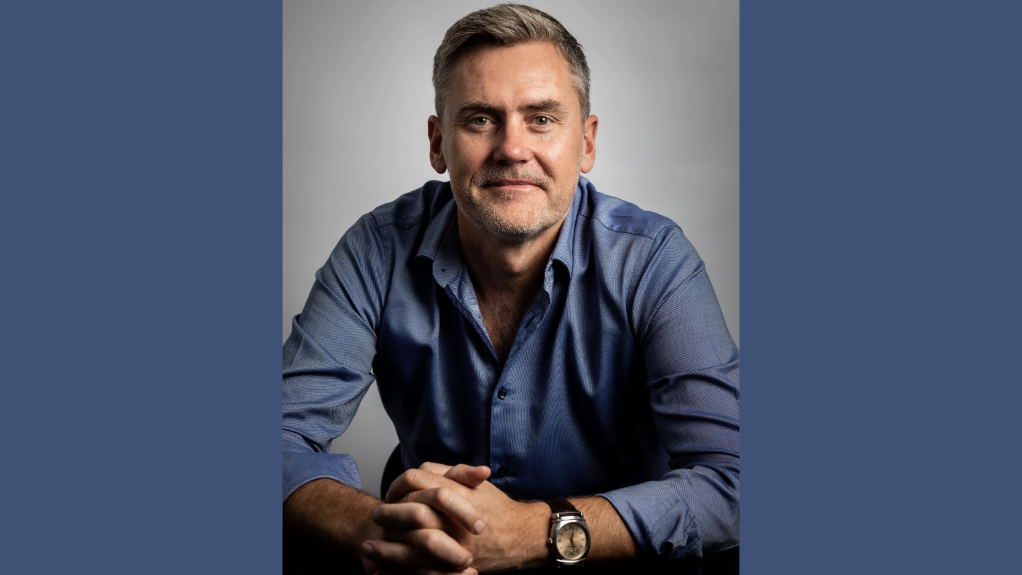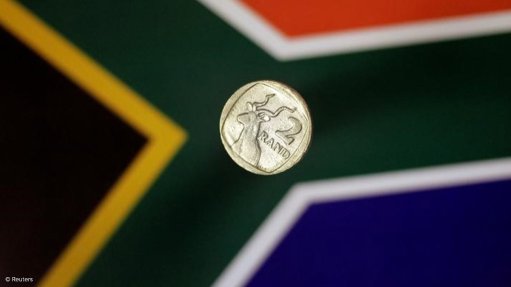Wind energy investment to be increased for future grid stability


MARK TANTON Red Cap Energy CEO says that energy security can be ensured through the diversification of the country’s energy mix
South Africa recorded a landmark 160 days with no loadshedding, the longest period in over four years. However, maintaining future grid stability will require a doubling down on wind investment as well as higher spending on transmission infrastructure, says local renewable-energy developer Red Cap.
Two factors contributed to this milestone: greater availability of baseload power, as well as the new supply contributed by private wind developers. As of August 2024, State-owned utility Eskom’s available generation capacity reached over 35 000 MW, which exceeded peak demand by more than 3 000 MW.
Prior to this, there were many instances where loadshedding would have been necessary were it not for 3 400 MW of wind energy, which remained available to the grid even when baseload power was insufficient. This is indicative of the fact that wind energy has earned its place in South Africa’s energy mix, alongside baseload generation and solar power.
“Wind contributes less than 3% of South Africa’s energy supply and significantly increasing this amount will be hugely beneficial. To do that, we must finalise the curtailment policy and expand the transmission infrastructure,” says Red Cap CEO and co-founder Mark Tanton.
He notes that South Africa has the largest wind power installation in Africa, but notably lags behind other regions.
In Europe, wind provides 20% of the overall energy mix, with plans to increase wind’s contribution to over 50% by 2050. Already, 58% of Denmark’s power supply comes from wind.
Eskom’s peak demand periods in the morning and evening take place outside daylight hours, when solar power is unavailable, but while wind power is still being generated. As a result, wind is uniquely placed to mitigate loadshedding. Additionally, with wind generation dispersed across the country, there is a robust and distributed network of energy sources, supporting a predictable supply and a more resilient grid.
“Wind produces electricity at various times across the country, because wind strength varies. So, it could be extremely windy in the Northern Cape, for example, and it’s not as windy in the Eastern Cape, but there is an average production rate than can be relied on for availability.
“The more you diversify your energy mix, the greater the energy security and the lower the risk of loadshedding,” explains Tanton.
A diversified energy mix relies on sufficient infrastructure. Eskom’s transmission lines are near or at capacity in many regions, which constrains the amount of renewable energy available to the grid.
“In practical terms, this means that renewable-energy projects have uncertain access to the electricity grid.” Tanton notes that the National Energy Regulator of South Africa is expected to approve policies that would stipulate a maximum amount of curtailment, 10%, for these projects and compensate developers when they are able to generate power, but unable to export it into the grid. Eskom estimates that initially a further 3 GW of wind power could be connected to the grid in this way.
Grid capacity has emerged as the leading constraint on renewable power projects in South Africa. Already, 23 wind projects put forward under Bid Window 6 of the Renewable Energy Independent Power Producer Procurement Programme were unable to be awarded, owing to a lack of grid capacity.
Red Cap is proactively developing grid infrastructure to connect its own wind projects, including a 116-km powerline for the Impofu wind farm project, which is the longest privately permitted powerline for any renewable-energy project in the country – but developing transmission infrastructure at scale requires a partnership between the private sector and government.
“Accelerating investment in transmission infrastructure through private involvement will be helpful – if it avoids inadvertently creating micro monopolies who control access to the grid,” Tanton says.
The renewable-energy landscape has changed substantially over the last decade, with private developers coming to the fore, and more agreements between private developers and large energy users seeking to reduce their carbon footprint. Ultimately, this makes for a richer, and more robust, energy sector, which serves South Africa’s overall energy security.
Article Enquiry
Email Article
Save Article
Feedback
To advertise email advertising@creamermedia.co.za or click here
Comments
Announcements
What's On
Subscribe to improve your user experience...
Option 1 (equivalent of R125 a month):
Receive a weekly copy of Creamer Media's Engineering News & Mining Weekly magazine
(print copy for those in South Africa and e-magazine for those outside of South Africa)
Receive daily email newsletters
Access to full search results
Access archive of magazine back copies
Access to Projects in Progress
Access to ONE Research Report of your choice in PDF format
Option 2 (equivalent of R375 a month):
All benefits from Option 1
PLUS
Access to Creamer Media's Research Channel Africa for ALL Research Reports, in PDF format, on various industrial and mining sectors
including Electricity; Water; Energy Transition; Hydrogen; Roads, Rail and Ports; Coal; Gold; Platinum; Battery Metals; etc.
Already a subscriber?
Forgotten your password?
Receive weekly copy of Creamer Media's Engineering News & Mining Weekly magazine (print copy for those in South Africa and e-magazine for those outside of South Africa)
➕
Recieve daily email newsletters
➕
Access to full search results
➕
Access archive of magazine back copies
➕
Access to Projects in Progress
➕
Access to ONE Research Report of your choice in PDF format
RESEARCH CHANNEL AFRICA
R4500 (equivalent of R375 a month)
SUBSCRIBEAll benefits from Option 1
➕
Access to Creamer Media's Research Channel Africa for ALL Research Reports on various industrial and mining sectors, in PDF format, including on:
Electricity
➕
Water
➕
Energy Transition
➕
Hydrogen
➕
Roads, Rail and Ports
➕
Coal
➕
Gold
➕
Platinum
➕
Battery Metals
➕
etc.
Receive all benefits from Option 1 or Option 2 delivered to numerous people at your company
➕
Multiple User names and Passwords for simultaneous log-ins
➕
Intranet integration access to all in your organisation



















